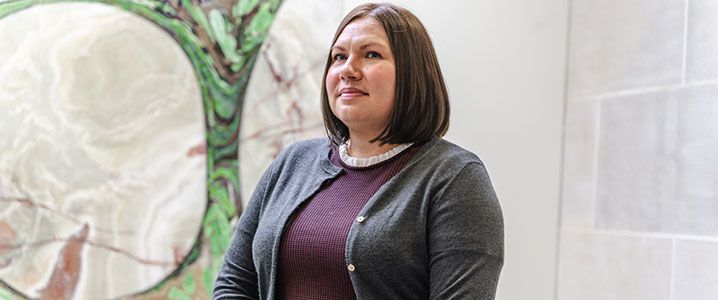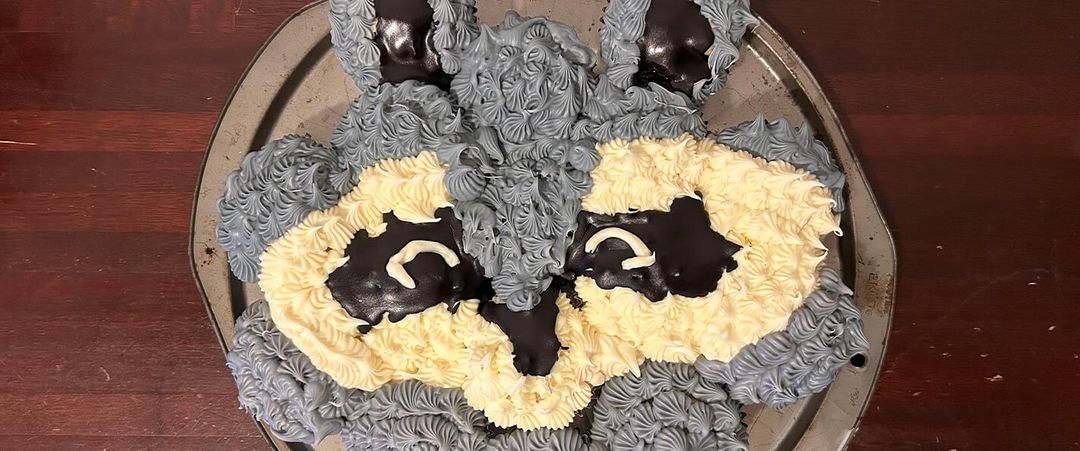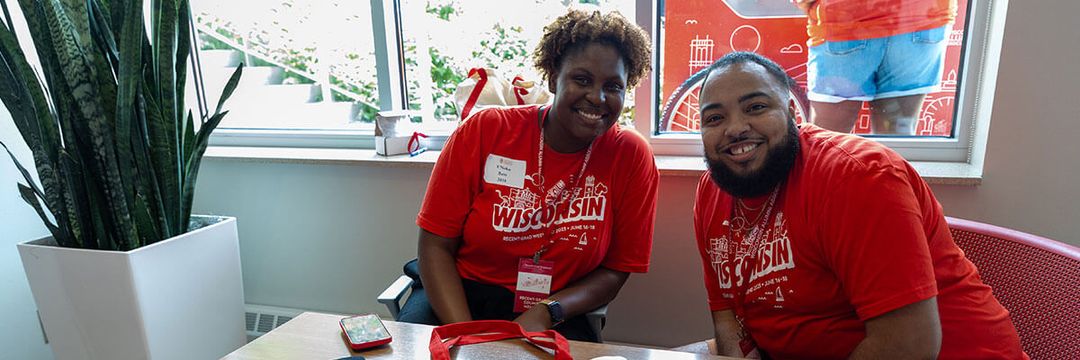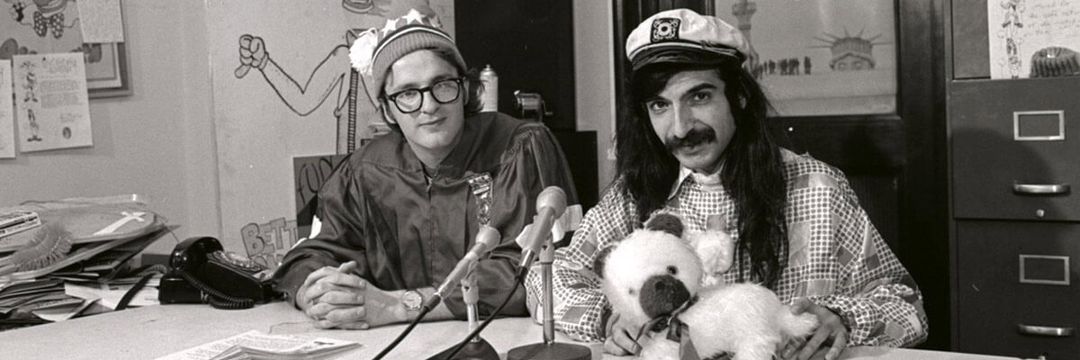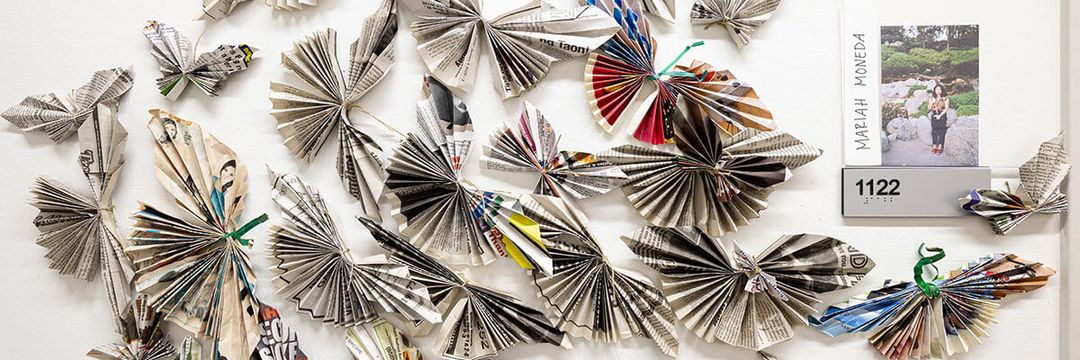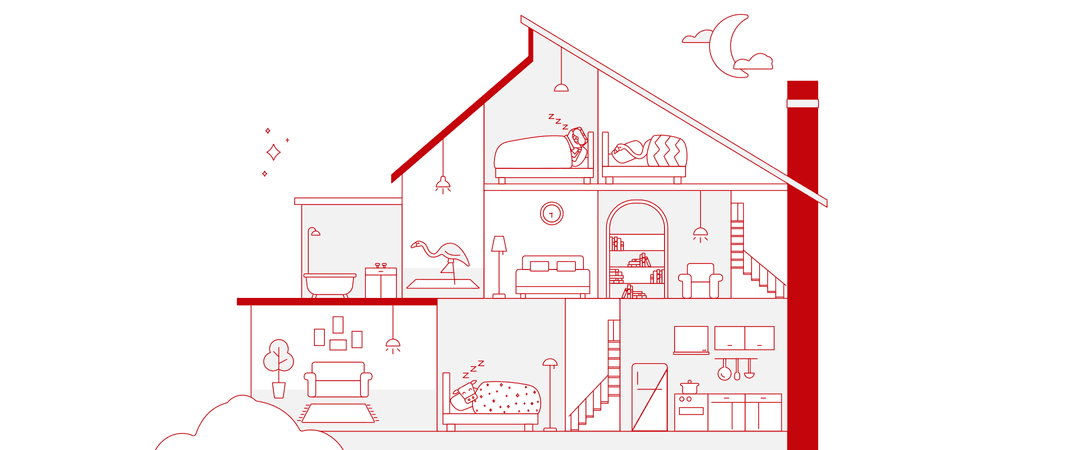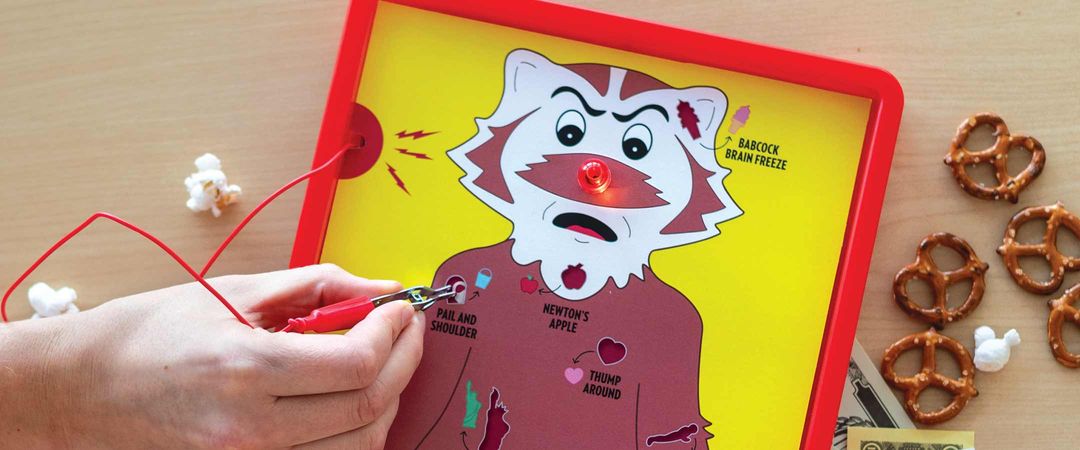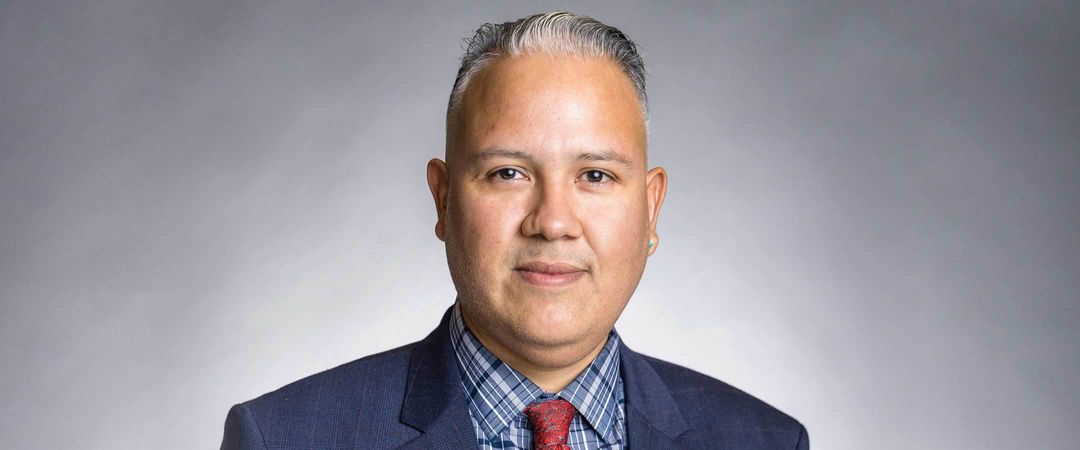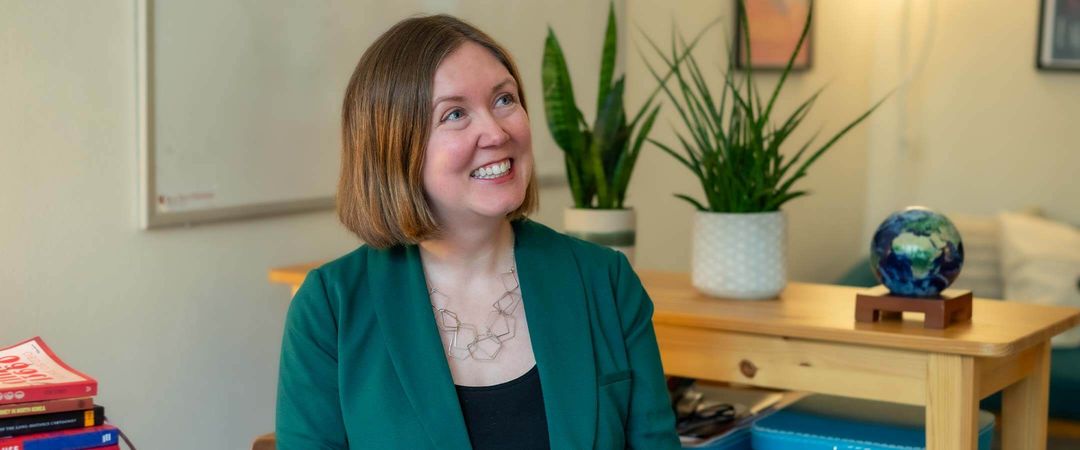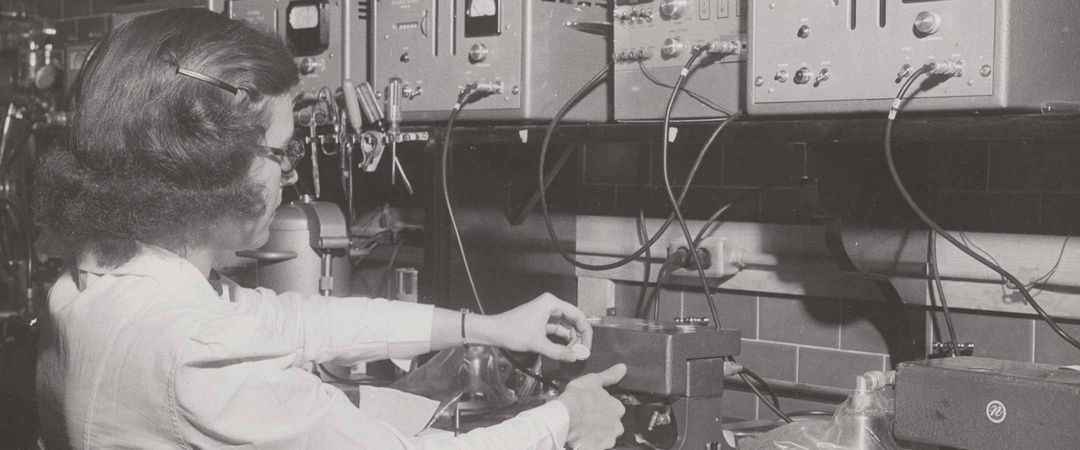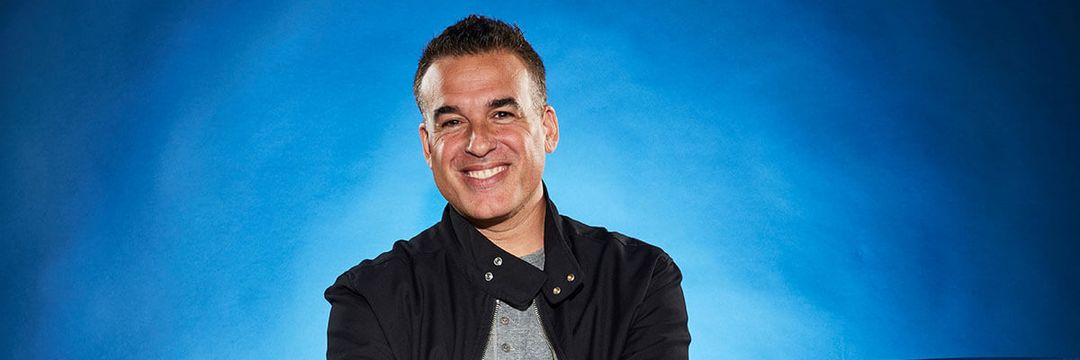Kasey Keeler ’05:
- Enrolled Member of the Tuolumne Me-Wuk & Citizen Potawatomi Descendant
- Assistant professor of American Indian studies, College of Letters & Science
- Assistant professor of Civil Society and Community Studies, School of Human Ecology
In addition to teaching such classes as Introduction to American Indian Studies and Community and Nonprofit Leadership, Kasey Keeler ’05’s research and forthcoming book, American Indians and the American Dream: Policies, Place, and Property in Minnesota, explore ideas and experiences surrounding homeownership in American Indian communities. “If we think about home ownership and the idea of private property, that’s a foreign concept for traditional Native communities where private property didn’t exist. We didn’t fence things off. It was very much communal, but recognizing individuals’ rights to land and hunting and gathering and fishing,” she says. “Something I'm grappling with is: what does it mean to be an American Indian homeowner on reservation or off?” Here, Keeler discusses what that “home” looks like for indigenous students and community members whose ancestors have called the Madison area home for centuries.
What elements of Ho-Chunk civilizations and culture can still be seen on and around the UW campus today?
An important place to begin is acknowledging [campus] is Ho-Chunk homeland. I’m fortunate to have a view [from my office] of Observatory Hill, which is known for the mounds. Our campus has more archeological sites than any other university in the world. … Sharing with the students the mounds — some of which are visible, some of which are not visible or have been completely erased because of construction — is something that the students find interesting, but a way to make that connection over thousands of years, which is exciting. Today, the Ho-Chunk presence on campus is really different. We’re here at a really exciting time because of the unveiling of the Our Shared Future plaque. Even though it’s a small plaque, I think once that is placed at its permanent location on Bascom Hill, [it will] be a good reminder to students that campus is a Ho-Chunk place and of the dispossession that has occurred across time.
How will the Our Shared Future initiative contribute to and enrich the experiences of both Native and non-Native students on campus?
I incorporate that into my Intro to American Indian Studies class so that students — Native and non-Native — can recognize that there’s a history here that predates the university [and] think about Wisconsin being an indigenous place in particular: who are the tribal nations that have called Wisconsin home, and that those tribal nations still exist and are here today. The plaque also uses language to highlight the role of colonization and dispossession and [its] often violent nature, so it’s sparked dialogue, which I think is important for, again, non-Native and Native students.
What does the presence of the Ho-Chunk or other indigenous people at the UW look like today, compared to other points in the university’s history, or even before the university?
Right now, we are undergoing a variety of different hiring initiatives, which for me is exciting. I began last year, and in [Civil Society and Community Studies], there are three Native faculty that will be joining this year. In American Indian studies, we have been working on some staff support, particularly for our students. How can we bring more Native faculty to campus to support our Native students? The university also just promoted Aaron Bird Bear MS’10 to the tribal liaison position [to work] between the university and tribal nations in the state. With that American Indian connection and with university support, we are able to improve the university relationships with the whole Ho-Chunk community, which is something that’s very ongoing and should be ongoing. It isn't something that just happens once. I don’t think there’s as much visible Ho-Chunk presence today as there could or should be, but there is much more Native visibility and presence broadly speaking.
How do indigenous community members stay engaged with or connected to their cultures and traditions through campus?
Madison is, of course, home to a really diverse group of American Indian people. It’s very much a metropolitan area, so there are different tribal nations represented in the community. The [Madison Metropolitan School District] does offer Indian education programming, and we have a graduate student here in SoHE who works with the Madison school district to really think about curriculum. But how does that funnel specifically to the university? Not as much as I feel like it should or could. A lot of it depends on how many folks from the Madison area come to Madison or the University of Wisconsin for school, where it might seem a little bit more accessible, but a lot of our community events hosted by the university, or American Indian Studies in particular, are generally open to the public. But I don’t think we see as much public come to these community events as we would like.
What work is still left to be done in improving relationships between the university and Wisconsin’s First Nations?
I do think the university has been doing a really good job in recent years building those relationships and recognizing where there’s work to be done. Obviously this is a never-ending practice — continuing to support and nurture those relationships more long-term. The intro class that I teach is an ethnic studies requirement, and something that I continuously grapple with is [that] most of the students are going to take this one three-credit class their freshman year and then completely move on. So how do we incorporate this information more broadly across campus? Why aren’t more departments and programs talking about indigeneity and people of color in these really important social issues? [We should be] incorporating really important societal knowledge just more broadly, a little bit everywhere.
